Great read. Very useful info
Say Goodbye to Fin Rot: A Comprehensive Guide on How to Treat and Prevent Betta Fin Rot
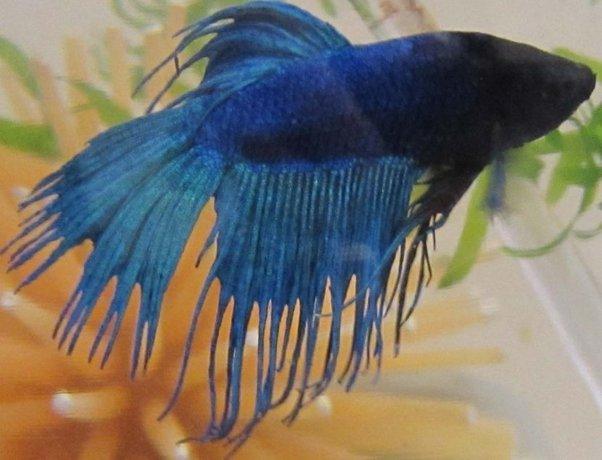
What is betta fin rot?
Betta fin rot is a common bacterial infection that affects the fins and tails of betta fish. It is characterized by the gradual deterioration and fraying of the fins, which can lead to the complete loss of the fins in severe cases.

What causes betta fin rot?
Betta fin rot is caused by bacteria that infect the fins and tails of betta fish. The most common bacteria that cause fin rot are Aeromonas, Pseudomonas, and Vibrio. These bacteria can enter the fish's body through a wound or damage to the fins, or through poor water quality and stressful living conditions. Other factors that can contribute to the development of betta fin rot include overfeeding, overcrowding, and high levels of ammonia or nitrites in the aquarium water.

Aeromonas
10 Sign of Betta Fin Rot
- Fins appear shredded or frayed.
- Fins have ragged edges or white or black tips.
- Fins appear shorter than normal.
- Fins are thin and transparent.
- Fins appear to be deteriorating and may look like they are melting.
- Redness or inflammation around the base of the fins.
- Fins appear to be covered in a slimy, white o,r gray film.
- Fins may have holes or appear to be eaten away.
- Betta fish may be less active than usual or may seem lethargic.
- Betta fish may lose their appetite and refuse to eat.
If you notice any of these signs, it's important to take action to treat the betta fish as soon as possible to prevent the infection from spreading and causing further damage.
Treat and Prevent Betta Fin Rot
How to treat betta fin rot using natural remedies and medication:
- Natural Remedies: Indian almond leaves (also known as Ketapang leaves) have been used in traditional medicine for centuries due to their antibacterial and antifungal properties. They can be added to the aquarium water to help prevent and treat fin rot. Simply add a few leaves to the tank, and they will gradually release tannins and other beneficial compounds into the water. These compounds can help reduce inflammation and promote healing. You can find Indian almond leaves online or at your local fish store.

Aquarium salt can also be used to treat fin rot naturally. It can help reduce the growth of bacteria and fungi in the water. To use, dissolve 1 teaspoon of aquarium salt per gallon of water and add it to the tank. Be sure to follow the instructions carefully and remove any excess salt after treatment.

- Medication: If natural remedies do not work, or if the fin rot is severe, medication may be necessary. There are several types of medication that can be used to treat betta fin rot, including antibiotics and commercial fin rot treatments.
Aquarium-safe antibiotics, such as kanamycin, tetracycline or erythromycin, can be added to the water to kill the bacteria causing the infection. These antibiotics are typically available as powders or liquids and can be purchased online or at your local fish store. Follow the instructions carefully when using antibiotics, as overdosing can be harmful to your fish.

Tetracyline
Commercial fin rot treatments are also available, which usually contain a combination of antibacterial agents and other ingredients to promote healing. These treatments can be purchased online or at your local fish store. Be sure to follow the instructions carefully and remove any excess medication after treatment.
It's important to note that medication should only be used as a last resort, as natural remedies are generally safer and more effective for treating betta fin rot. Additionally, if your betta fish does not show signs of improvement after a few days of treatment, you may need to seek the advice of a veterinarian or fish expert to determine if additional measures are needed.
Good article!


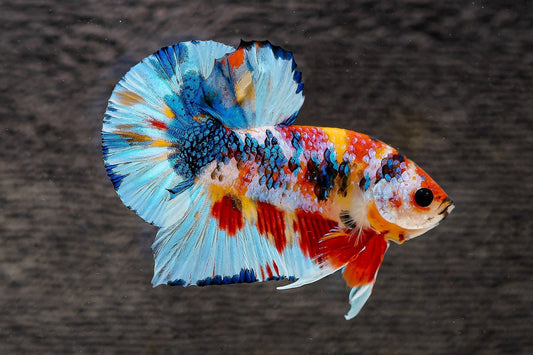
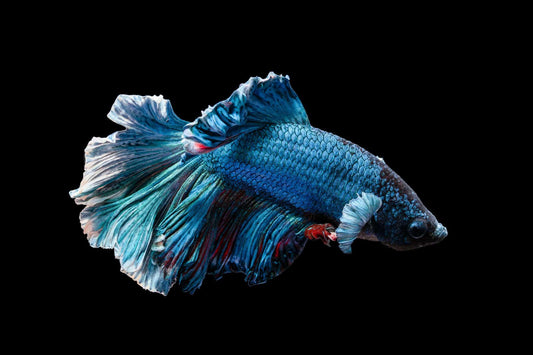

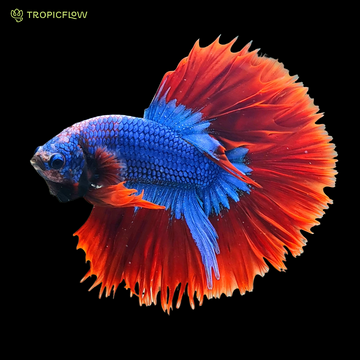
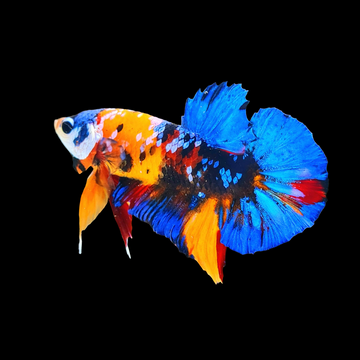
2 comments